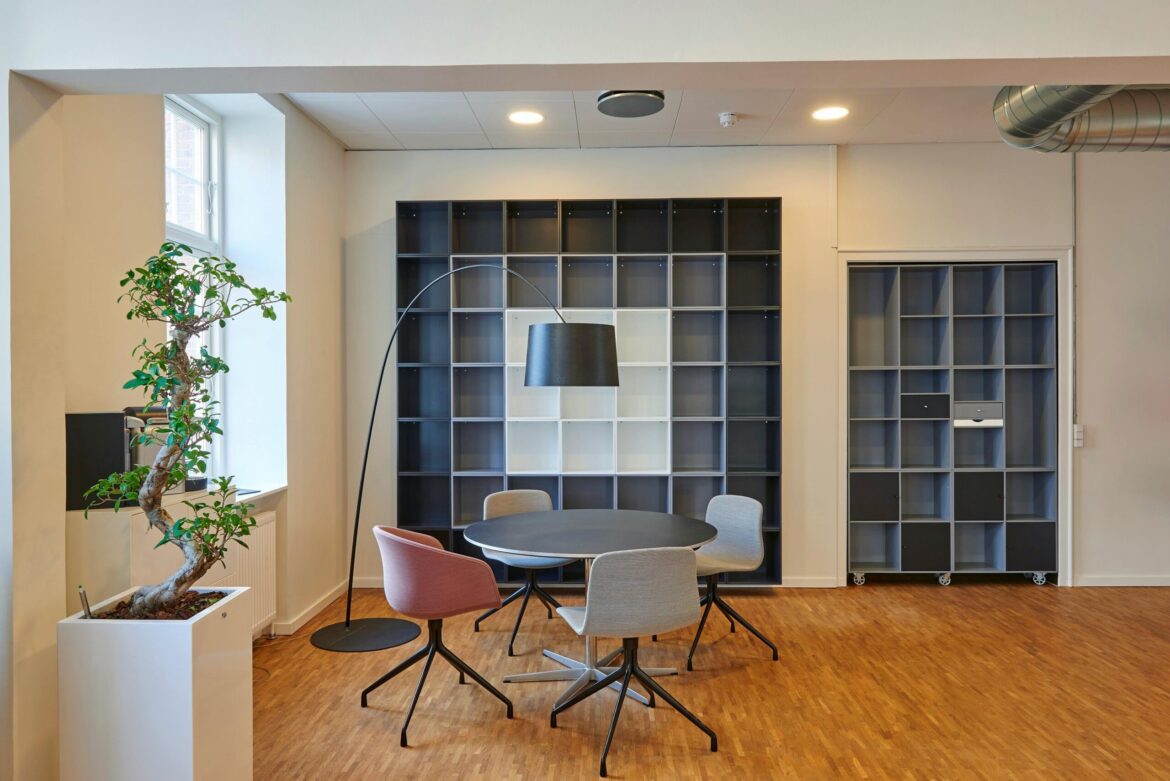The Shift to Hybrid Work Models
The traditional office environment has undergone significant changes in recent years, driven by the necessity of adopting hybrid work models. These models blend remote work with in-office presence, allowing companies to provide flexibility to their employees while maintaining operational productivity. The pandemic accelerated this transformation, pushing organizations to rethink the layout and functionality of their office spaces. Employers are now tasked with developing environments that foster collaboration, enhance employee well-being, and adapt to diverse work styles.
Prioritizing Flexibility in Office Design
Flexibility has become a cornerstone of the modern office redesign. Companies are increasingly recognizing that one-size-fits-all solutions do not meet the needs of a dynamic workforce. To accommodate various working styles, office spaces now feature movable furniture, modular workstations, and collaborative areas that can be reconfigured as needed. This adaptability allows employees to choose the environment that best suits their tasks, whether it be focused work, brainstorming sessions, or relaxed meetings.
Fostering Collaboration
Collaboration is essential in every organization, and the redesign of office spaces aims to enhance this dynamic. New layouts often incorporate open spaces, communal areas, and technology-equipped meeting rooms that encourage teamwork and creativity. These collaborative environments provide opportunities for spontaneous interactions among employees, ultimately driving innovation. Companies are also investing in digital tools that support virtual collaboration, ensuring that remote workers can seamlessly participate in discussions and projects.
Enhancing Employee Well-Being
Employee well-being has risen to prominence as organizations recognize its impact on productivity and job satisfaction. Modern office designs increasingly emphasize natural light, greenery, and comfortable spaces that promote mental and physical health. Amenities such as wellness rooms, fitness facilities, and relaxation areas are becoming commonplace, allowing employees to recharge as needed. By prioritizing well-being through thoughtfully designed workspaces, companies aim to reduce stress and improve overall morale among their workforce.
Embracing Technology in the Workplace
The integration of technology within office spaces is also a prominent aspect of the redesign trend. Smart office solutions featuring integrated communication systems, advanced video conferencing tools, and virtual reality setups are implemented to facilitate hybrid work. These technologies help create a cohesive work environment where remote and in-office employees can connect effortlessly. Adopting these innovations enables organizations to remain competitive in attracting and retaining talent in a digital-first world.
The Role of Employee Feedback
As companies design and implement new office spaces, employee feedback plays a crucial role in the process. Organizations are actively seeking input from their employees to understand their preferences and needs concerning workspace design and functionality. This collaborative approach not only enhances employee satisfaction but also ensures that the redesign efforts effectively align with organizational goals. By listening to their workforce, companies can create environments where employees feel valued and motivated.
Conclusion: The Future of Office Spaces
As the landscape of work continues to evolve, companies will likely keep redesigning office spaces to support hybrid models. Prioritizing flexibility, collaboration, and employee well-being will remain central themes in these efforts. Businesses that effectively adapt their work environments to meet the needs of their workforce are poised to thrive in an increasingly competitive world. Ultimately, the focus on creating dynamic, adaptable offices speaks to a broader understanding of the importance of a holistic approach to work that values both productivity and employees’ individual needs.
FAQs
What is a hybrid work model?
A hybrid work model combines remote work and in-office presence, allowing employees to work flexibly according to their needs and preferences.
How can office designs support employee well-being?
Office designs can enhance employee well-being by incorporating elements like natural light, greenery, comfortable furniture, and wellness amenities to create a more conducive and healthy work environment.
What role does technology play in modern office spaces?
Technology is integral to modern office spaces, facilitating communication and collaboration between remote and in-office employees through tools like video conferencing, project management software, and other digital solutions.
Why is employee feedback important in office redesigns?
Employee feedback provides invaluable insights into their preferences and needs, ensuring that office spaces are tailored to enhance satisfaction, productivity, and overall workplace experience.
How can companies encourage collaboration in hybrid work environments?
Companies can encourage collaboration in hybrid work environments by designing open spaces, implementing advanced communication tools, and creating designated areas for brainstorming and teamwork.

